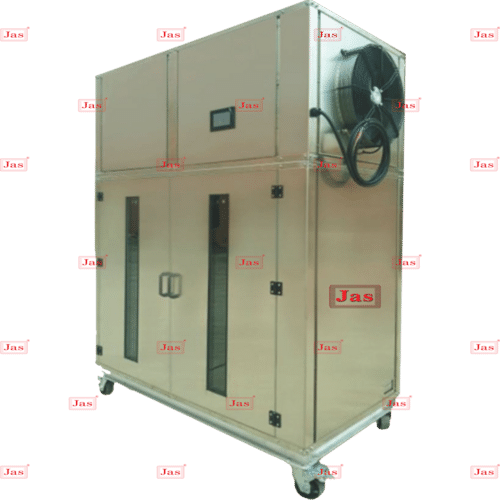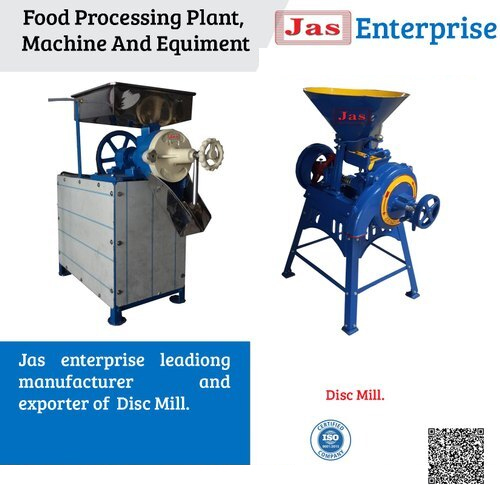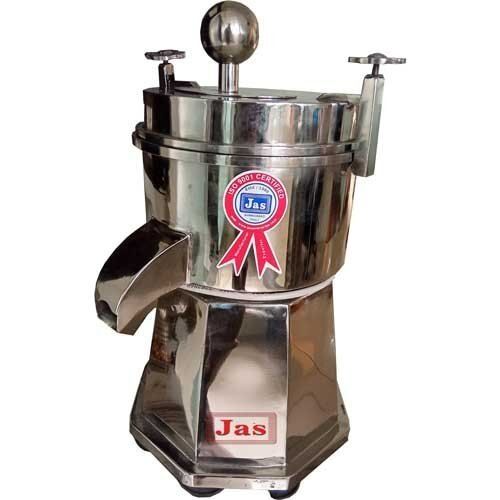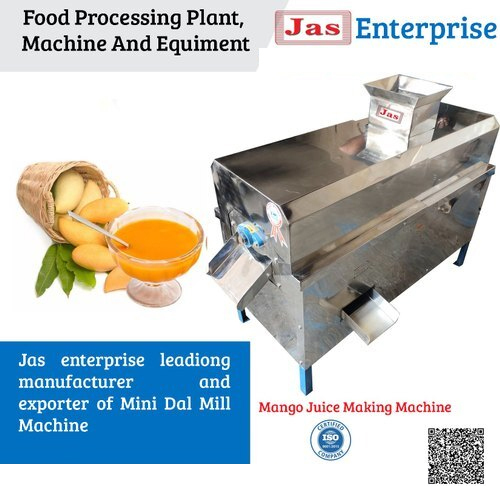Vegetable Dehydration Plants
Product Details:
- Capacity 30-2500 Kg/hr
- Automatic Yes
- Voltage 230/440 Volt (v)
- Feature ECO Friendly Low Noice Lower Energy Consumption Compact Structure High Efficiency
- Click to View more
Vegetable Dehydration Plants Price And Quantity
- 1 Unit
- 390000 INR/Unit
Vegetable Dehydration Plants Product Specifications
- 230/440 Volt (v)
- Yes
- 30-2500 Kg/hr
- ECO Friendly Low Noice Lower Energy Consumption Compact Structure High Efficiency
Vegetable Dehydration Plants Trade Information
- Cash Against Delivery (CAD) Cash Advance (CA) Cash in Advance (CID) Cheque Western Union
- Asia Australia Central America North America South America Eastern Europe Western Europe Middle East Africa
- All India South India Central India West India North India East India Gujarat Karnataka Kerala Lakshadweep Mizoram Meghalaya Manipur Andhra Pradesh Bihar Chandigarh Daman and Diu Goa Jharkhand Odisha Punjab Assam Delhi Dadra and Nagar Haveli Andaman and Nicobar Islands Arunachal Pradesh Chhattisgarh Haryana Himachal Pradesh Jammu and Kashmir Madhya Pradesh Maharashtra Nagaland Rajasthan Sikkim Tamil Nadu Telangana Tripura Pondicherry Uttar Pradesh Uttarakhand West Bengal
- ISO
Product Description
-
Preparation: Vegetables are harvested and brought to the dehydration plant. They undergo initial cleaning and sorting to remove any debris or damaged pieces.
-
Cutting and Slicing: Depending on the type of vegetable and its intended use, it may be cut or sliced into uniform pieces. This step helps in achieving consistent drying times and quality.
-
Blanching: Some vegetables may undergo blanching, where they are briefly heated in boiling water or steam. Blanching helps in stabilizing color, preserving nutrients, and improving drying efficiency by softening the tissues.
-
Dehydration: The main process involves removing moisture from the vegetables. This can be achieved through various methods:
- Air Drying: Vegetables are placed in trays or on conveyor belts and subjected to hot air circulation.
- Freeze Drying: Involves freezing the vegetables and then reducing the surrounding pressure to allow the frozen water to sublimate directly from ice to vapor.
- Vacuum Drying: Vegetables are placed in a vacuum chamber where the pressure is reduced, and heat is applied to evaporate moisture.
-
Cooling: Once sufficiently dried, the vegetables are cooled to room temperature to prevent moisture absorption.
-
Packaging: Dehydrated vegetables are then packaged in airtight containers or vacuum-sealed bags to maintain their quality and shelf life.
-
Quality Control: Throughout the process, quality control measures are implemented to ensure that the vegetables meet safety standards, maintain their nutritional content, and achieve the desired moisture content.
Benefits of vegetable dehydration plants include reduced waste (since dehydrated vegetables have a longer shelf life), easier storage and transportation, and the ability to use vegetables year-round even when they are out of season.

Price:
- 50
- 100
- 200
- 250
- 500
- 1000+








